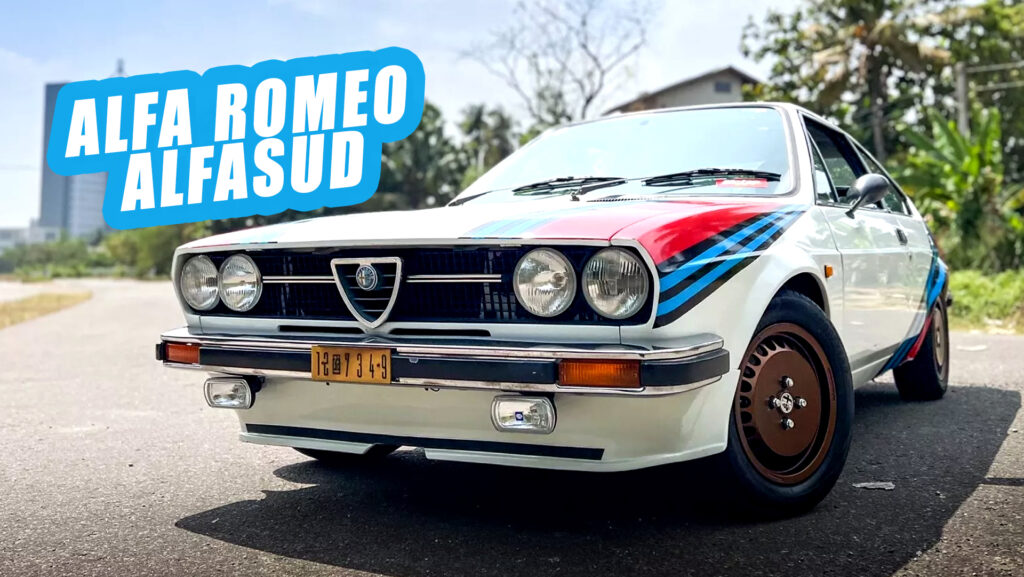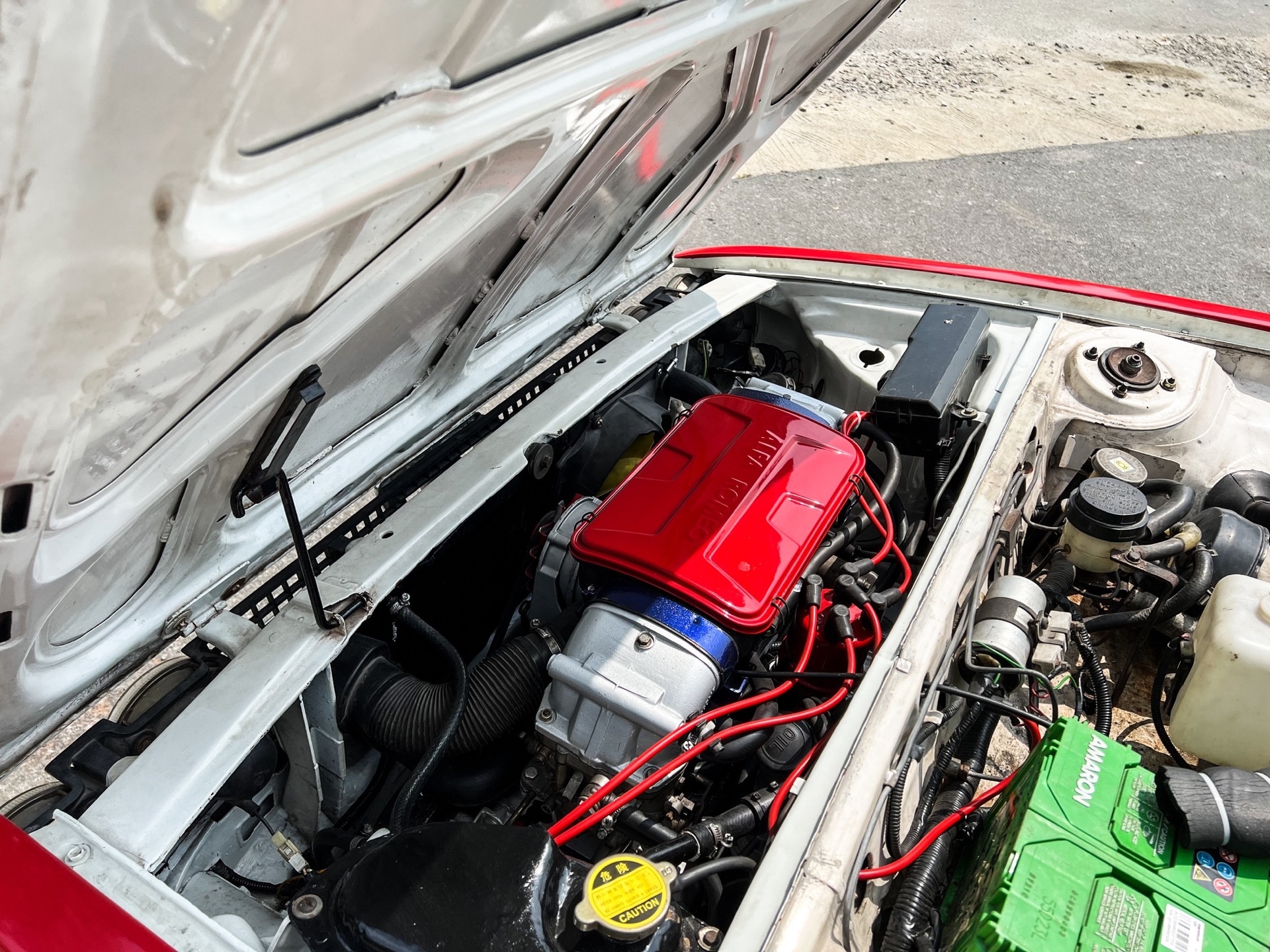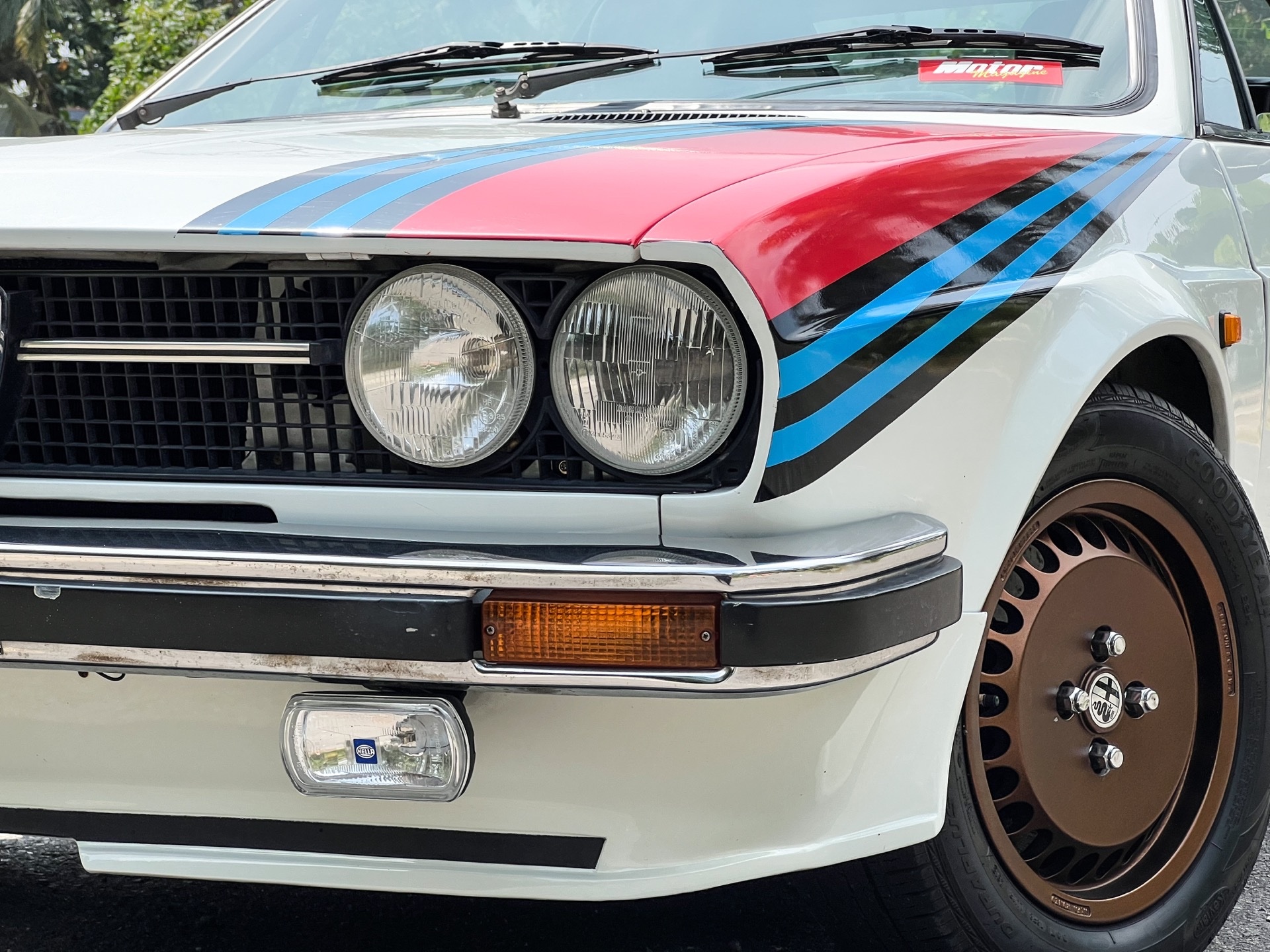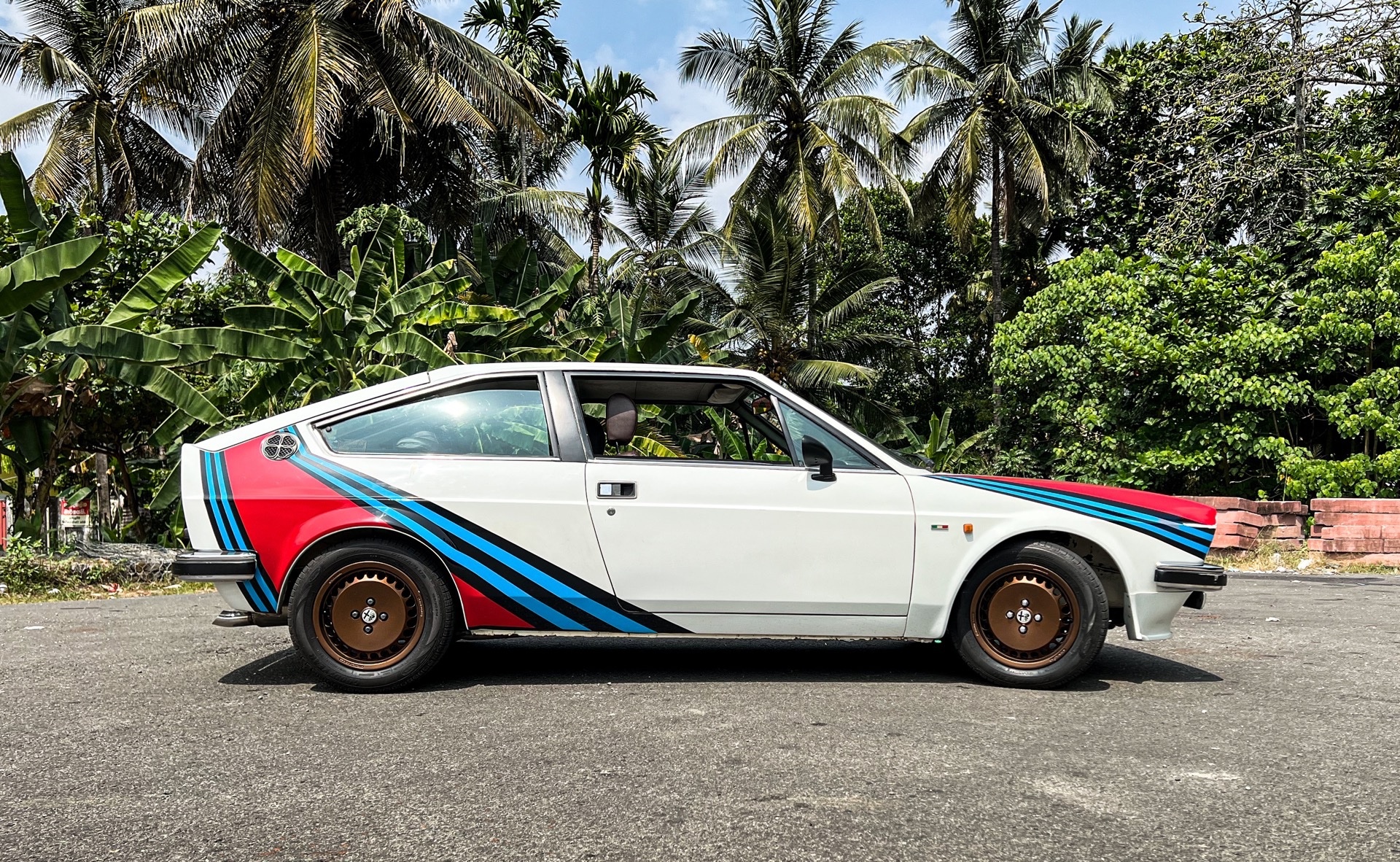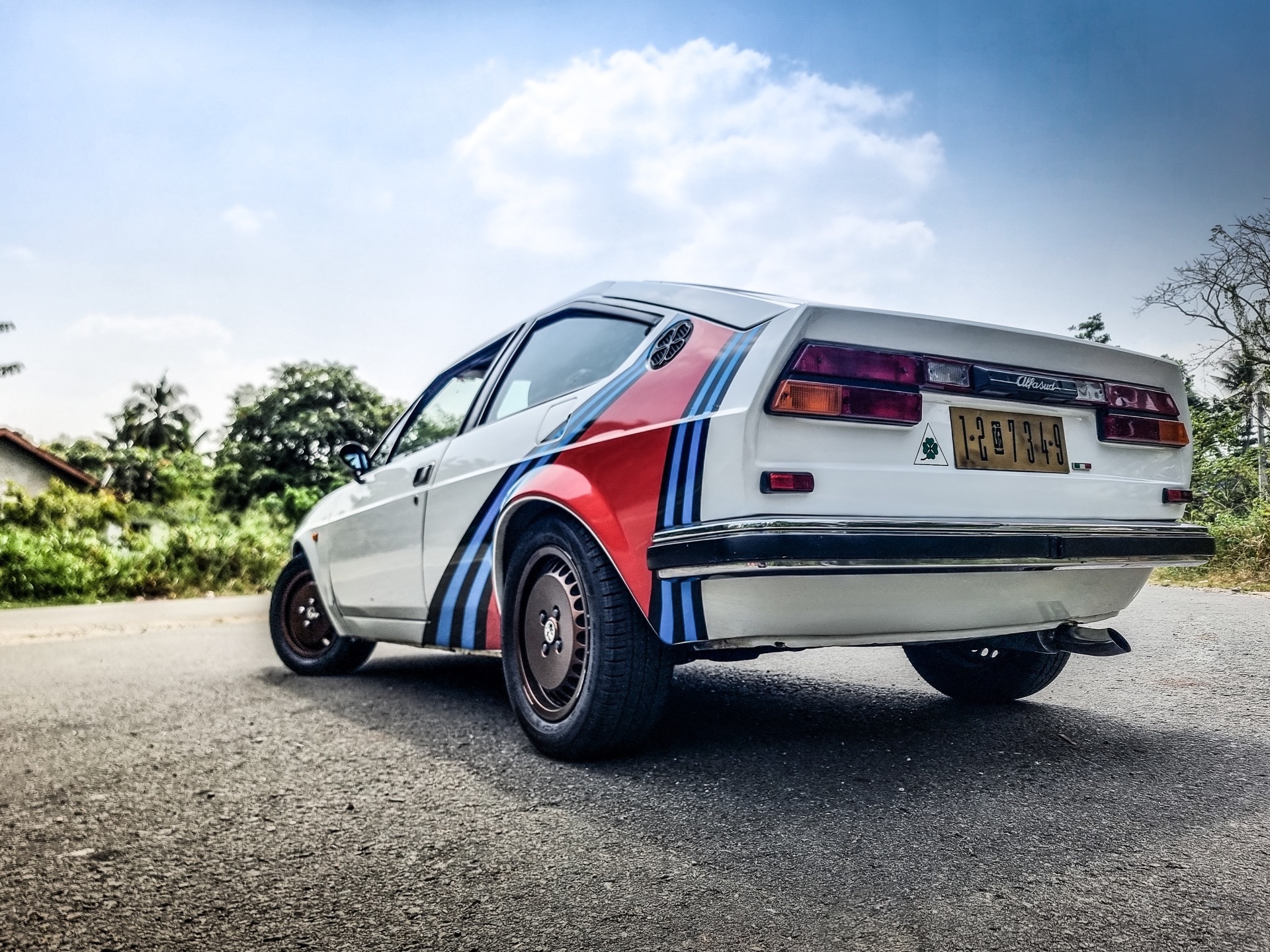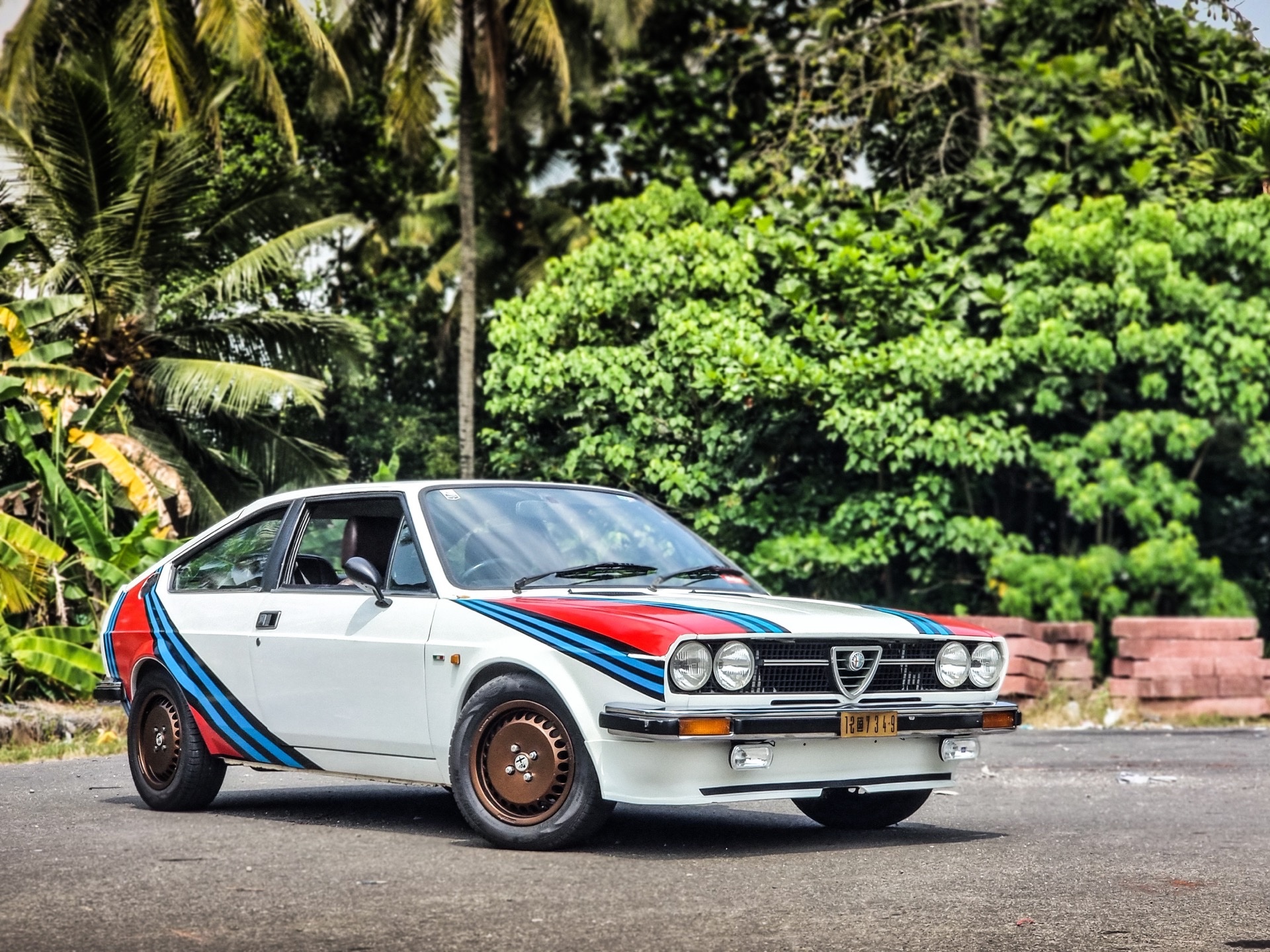Understeer is bad. We all know that. We also know — whether it be through carefully crafted marketing campaigns or the oversteer antics of Chris Harris — that rear-wheel drive is the answer to these problems. Perhaps that’s why those who own Bavarian cars have collectively looked down upon anything not blessed with such a balanced drive layout. Because the world (and by the world, I mean the majority of the motoring community) has been taught that understeer is bad (broadly true) and that front-wheel drive cars, although as fun as they can be, are the worst propagators of this most impious of handling transgressions (not entirely factual).
And yet here I am, driving a FWD car that, no matter how far I try to push it, refuses to exhibit even a hint of understeer. Indeed, the back end will want to step out long before the front, with the forward tires clinging to the asphalt like a toddler to a particularly sugary lollipop. So how is it that this four-decade-old creation has been able to achieve what modern FWD hot hatches have been aiming for for years, all without the wizardry of trick e-diffs and torque vectoring?
Enter Alfasud: Engineering Masterclass
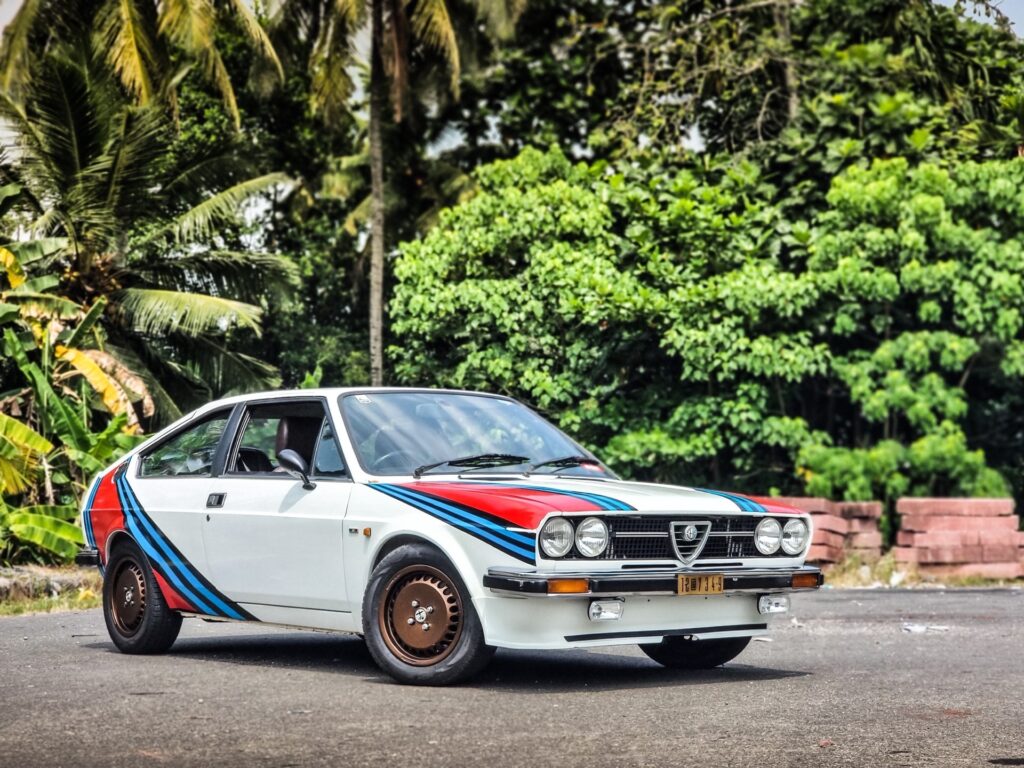
The car I’m piloting is an Alfa Romeo Alfasud Sprint Veloce. And, when it was introduced, it created quite a stir. See, when the original Alfasud was commissioned in the early ’70s, Alfa Romeo was known for making spirited drivers’ cars. But back then, the formula had been the undisputed elixir of rear-wheel drive coupled with twin-cam engine goodness. The Sud dispensed with both of these, opting for front-wheel drive and a horizontally opposed four-cylinder engine.
Quick Facts
This was mainly because the original Alfasud was supposed to be an entry-level model for the brand. It was offered in a variety of body styles, including two and four-door sedans (styled like a hatchback, but only later did they get an extra “door”), three-door wagons, and this sporty number I managed to get my mitts on: the fastback-styled Sprint coupe.
But despite being an entry-level offering, Alfa Romeo didn’t cut back on the tech. Evidently, they knew that their first front-wheel drive production car had to be something special. It probably helped that former Porsche engineer Rudolf Hruska worked on the car, making the boxer powerplant a priority.
See Also: Alfa Romeo’s 147 GTA V6 Still Makes Every Other Hot Hatch Feel Like White Goods
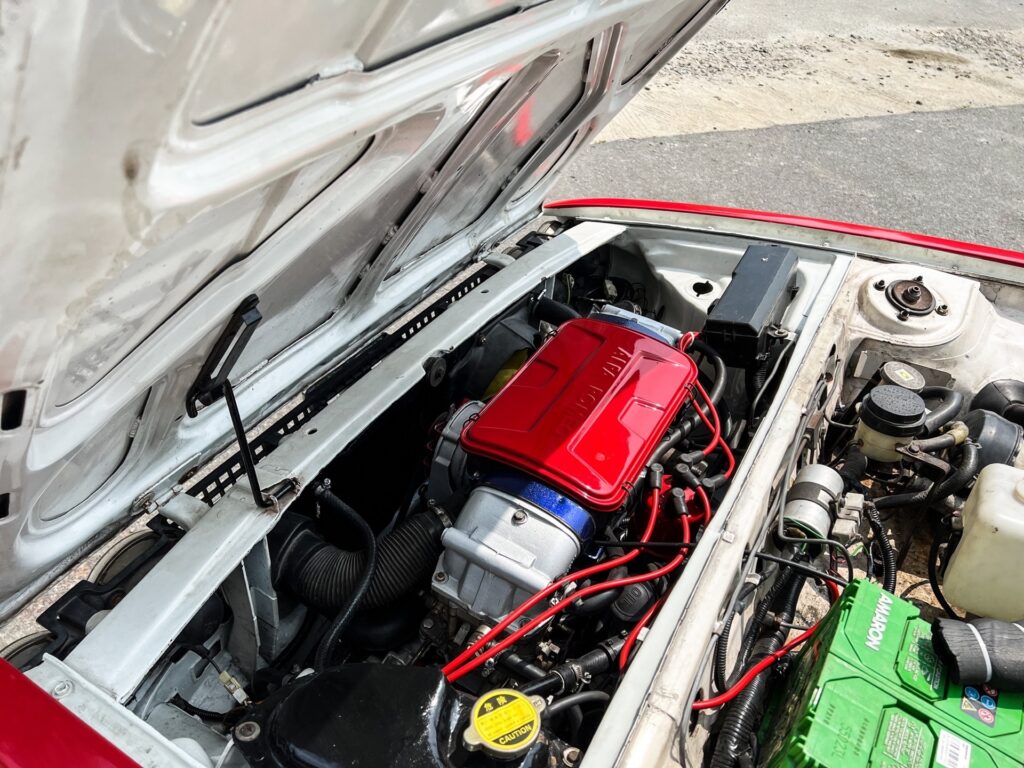
The flat-four engine lowered the car’s center of gravity significantly and was actually mounted forward of the front axle. The brakes were discs at all four corners — throughout the range and a first in the segment. If that wasn’t enough, the front discs were mounted in-board to reduce unsprung mass further. The front suspension was MacPherson struts, while the wheels had around two degrees of negative camber to help retain grip at the limit. Under the hood, you’ll see what appears to be two firewalls, the extra bracing adding rigidity to the chassis, with further double-skinned box-brace elements found at the rear. Speaking of the rear, suspension-wise, you got a simple torsion beam, but with watts linkage and a Panhard rod. This led to a degree of passive rear steering. All on an entry-level model that was designed in the late ’60s.
The result? A car that handles on rails, regardless of which pair of wheels are driven.
A Drive To Remember — For All The Right Reasons
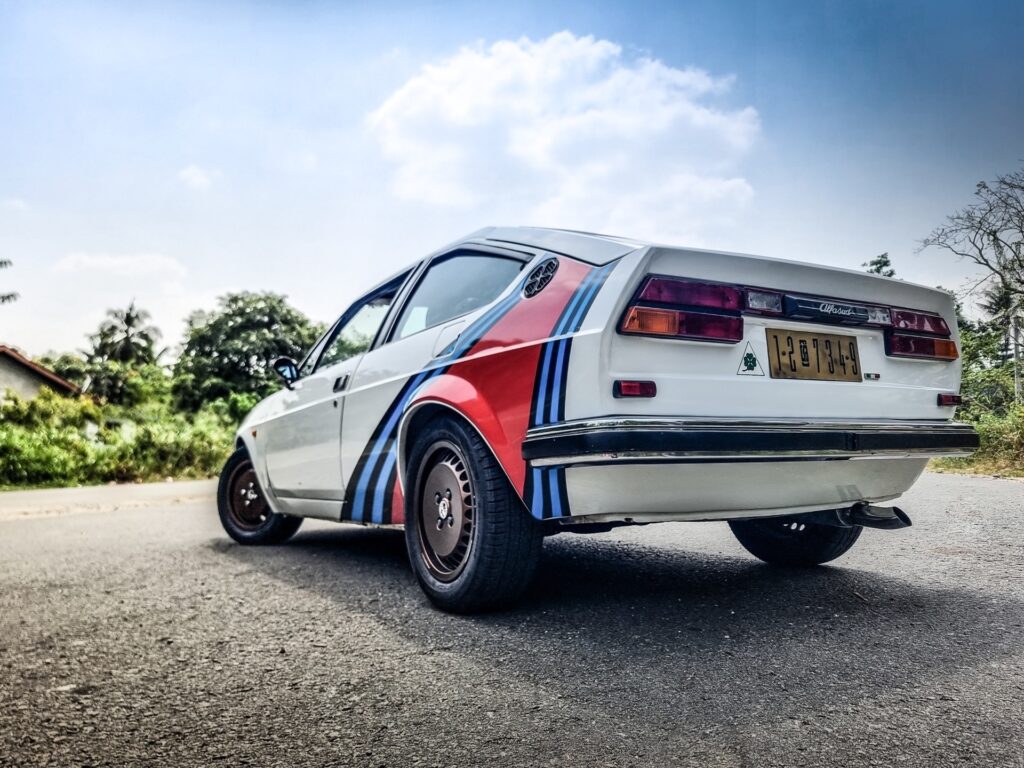
At full pelt, the boxer engine resonates like a cross between an angry bee and a snarling warthog, with the pops and fizzes reverberating throughout the surroundings. It sounds nothing like the litmus test of flat-four engines: the love-it-or-hate-it Beetle. Nor does it sound like a Subaru. It’s distinctly Alfa, perhaps with a hint of wood-fired pizza crackling away.
Granted, it’s not blazingly fast by today’s standards. But the sensation of speed is felt through the controls. The unassisted rack and pinion steering is communicative, light, and as precise as a hummingbird angling for nectar. The engine is happiest between 4,000 and 6,000 rpm, keen to mimic its twin-cam forebears.
Sitting behind the wheel is an experience in itself. You sit low down, much lower than you’d expect, cocooned by the metal around you. The steering wheel is straight ahead, but the pedals are significantly skewed to the left (on our RHD test car). The placement of the pedals in relation to the seat forces you to have an arms-stretched-out posture while driving, otherwise known as the classic Italian driving position, or so I’m told. Meanwhile, the pedals themselves are so close to each other; wear broad shoes, and you risk pressing all three at once.
Related: Alfa Romeo 164 Restomod Looks Gorgeous With Telephone-Dial Wheels And Carbon Bodykit
Out on the open road, it’s not long before I come across a few twisty sections. I brake in anticipation and take the first, surprised at how slow it feels. “This isn’t how the Alfasud was made famous,” I tell myself and drop a gear to pick up some more momentum for the next one. Adding another 20 mph to my velocity, it still feels as if I’m babying it. This wasn’t the case in the Peugeot 205. Take corners at speeds like that, and it would tell you quite vividly where you are on its spectrum of capability, allowing you to steer via the throttle pedal but also telling you when you’re about to come a cropper.
The Alfa, on the other hand, is telling me nothing of the sort; in fact, if anything, it’s whispering for me to go faster still. I soon find out those pedals are perfectly spaced for a few heel-and-toe heroics, bliping the rev-happy engine with every down-change. I’m determined now. There must be some upper limit to this witchcraft. I pile on the speed, waiting for the tires to at least whimper in protest. Nothing. Nothing at all.
What’s Italian For Understeer?
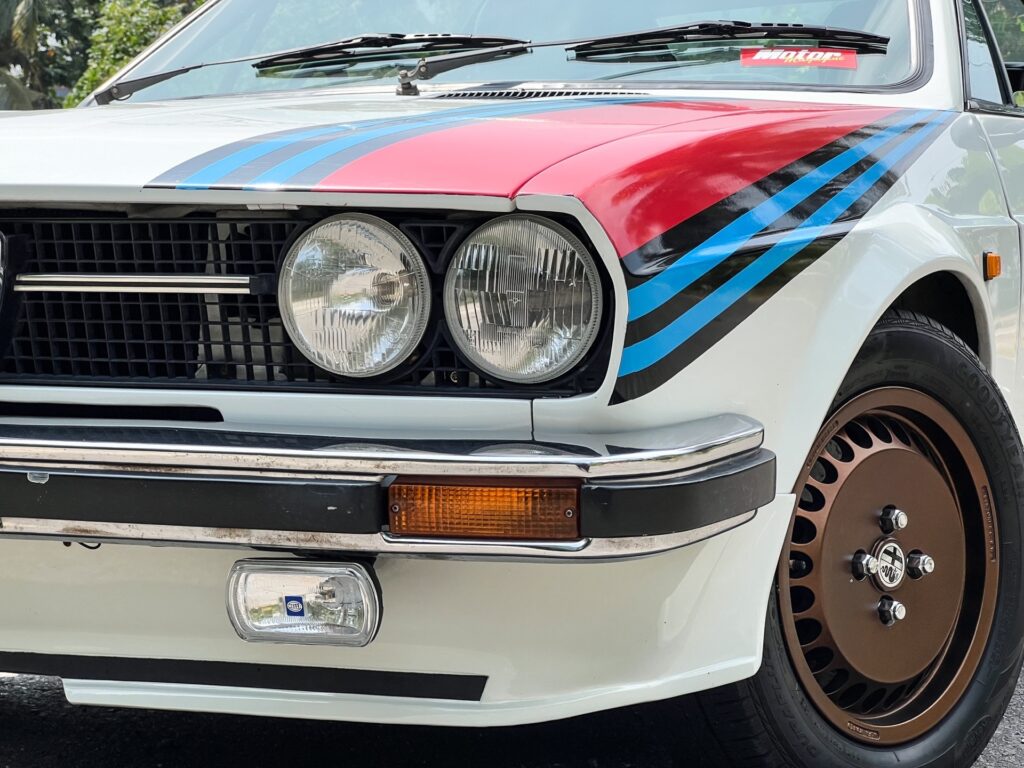
I’m not quite sure what’s Italian for understeer, but whatever it is, it’s simply not in the Alfasud’s dictionary. The experience is eye-opening, to say the least. Most would rate cars such as the Honda Integra Type R, or perhaps even the original Mini, as the best handling FWD cars ever created. But having driven those and many more, the sheer simplicity, combined with an inordinate amount of grip and predictability of the Sud’s setup, is what captivates me. In my mind, it goes straight to the top of the FWD tree.
Of course, there’s a reason why the Alfasud seldom enjoyed the success of its peers in the pantheon of classics. While plenty of thoughtful engineering was put into the Sud, several corners were cut. Interior materials were cheap, and ergonomics were poor. Other quality-of-life elements fell short too, such as a boot (on the sedans) that would have to rest on the rear glass when open. Early cars were made without a cam belt cover, which meant they were easily fouled when serviced. All that trick engineering came at a cost, too. The Alfasud was priced on the high side of the market for what was a small car, sometimes creeping past competitors that were in a whole segment above it.
But perhaps the biggest issue that plagued Alfasud’s production was the politics of its creation. The Sud was not only created as a more affordable entry to the brand but also as a way to empower the economically stifled south of Italy — the name literally translates to “Alfa South.”
Read Also: Recreate Alfa Romeo’s Incredible 164 Pro-Car With This 3.5L Alfa V10 F1 Engine
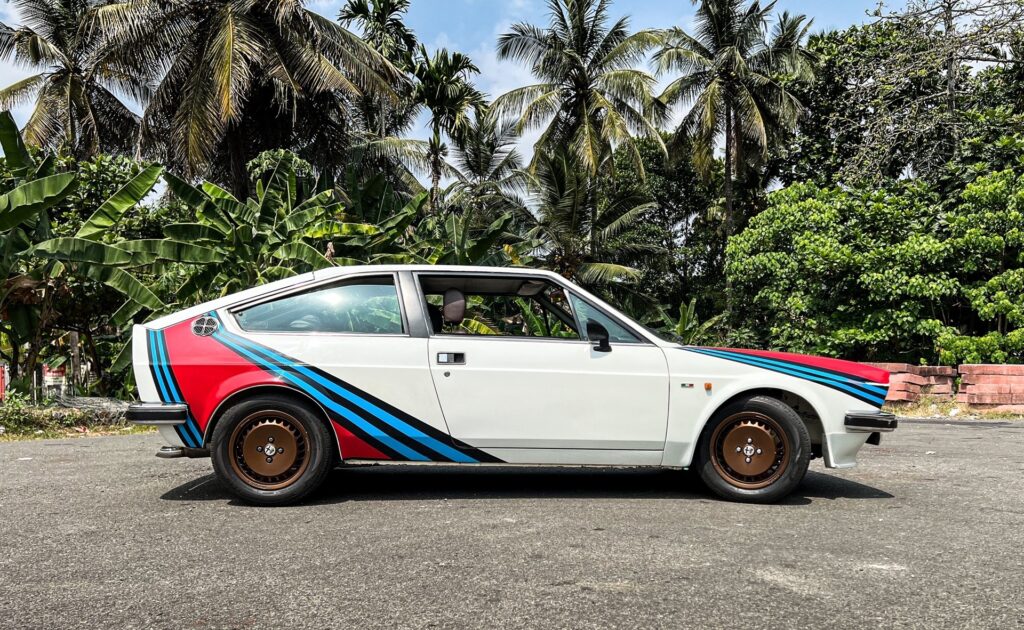
What seemed like a great idea on paper soon turned into a nightmare for both Alfa Romeo and thousands of Sud owners down the line. The workforce that built the Alfasud was notoriously inexperienced when it came to building cars, leaving quality control to be iffy at best. There were also frequent stoppages to production, either due to most of the rural workforce helping out on their farms or thanks to industrial action. It had long been thought that cheap Russian steel is what killed off most Alfasuds. However, the more likely answer is that the frequent stoppages left unprotected bodies out in the elements, many of them rusting even before being delivered. Add in those complex double-skinned box sections, and you have a recipe for corrosion on a biblical scale.
Our test car, a 1980 Alfa Romeo Alfasud Sprint Veloce, was rescued from the brink of death with very little original metal remaining under the layers of body filler. A painstaking restoration was undertaken, with a 1.7-liter twin-carb engine transplanted into it, the most potent offering the Alfasud ever got, replacing the 1.5 liter it left the factory with. Other subtle modifications include custom-made lowering springs, a freer flowing exhaust, and 14-inch wheels.
There aren’t many Alfasuds left in the world, largely thanks to them rusting away before you could drive them off the forecourt. But in terms of driver’s cars, there’s little doubt in my mind that the Sud, in any form, is one of the often overlooked greats. It’s a shame there aren’t enough of them left to go around.



